Inundated: In Qasimabad, flood means walking through human waste
Wadhu Wah distributary is used as a drainage outlet.
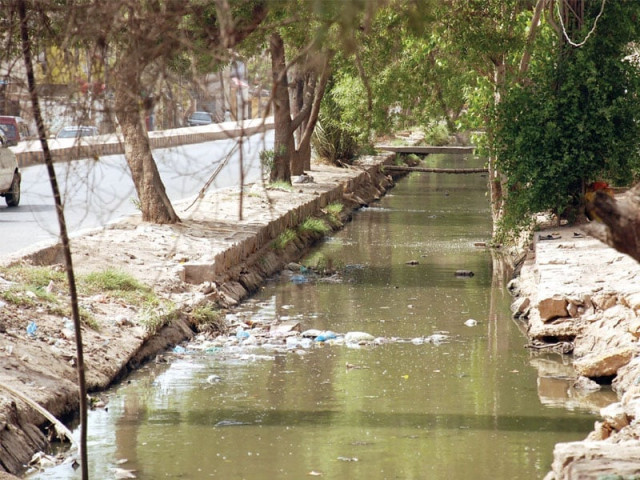
Inundated: In Qasimabad, flood means walking through human waste
The water channel is called Wadhu Wah distributary and is over eight kilometers long. It springs from the Phuleli Canal. The three-kilometer stretch which passes though Qasimabad is full of sludge.
On either sides of the distributary, there are two main roads and densely populated residential colonies and apartment buildings across them. Some of them have been pumping wastewater into the channel. Now they worry that their homes will be inundated with sewage if the ‘expected’ floods affect the area.
Till a decade ago, Wadhu Wah distributary used to irrigate agricultural land. But since there was no underground drainage system in the residential area around it, people began to use it as a drainage outlet. Meanwhile the agricultural land was eaten up by new residential projects.
Qasimabad is one of the four talukas of Hyderabad district and was developed most recently. Most of the people who live here have migrated from rural areas. However, the development of infrastructure, especially the modernisation of the drainage network has failed to keep pace with the growing population which is estimated to be over 450,000.
Since there is no gravity-based drainage system in Qasimabad or storm drains, only water pumps can be used in the area for draining wastewater. According to the executive engineer drainage at Water and Sanitation Agency (WASA), Sheevan Kumar, about 39 pumping stations work in City, Latifabad and Qasimabad talukas. Out of them, only six pumps are in Qasimabad. However, the agency has installed at least 18 water pumps in different areas which are linked with the six pumping stations. Kumar acknowledged the difficulty of coping with heavy rain with the existing system. The up-gradation projects are not expected to complete anytime soon.
According to the managing director of WASA, Saleemuddin Arain, 45 million gallons of sewage are pumped out every day.
A resident of Abdullah Town, Altaf Jagirani, recalled how the distributary kept the low-lying area submerged for several weeks during the 2011 monsoon. “Our problem was twofold,” he said. “The drainage system completely lacked the capacity to absorb the flash flood while the channel poured out a mixture of sewage and rainwater towards the town.” Haji Rasool Bux Shaikh remembers that 158 millimeters of rain fell in only hours on one day during the last monsoon. “Faraz Villas and many other colonies were flooded with rain water and sewage for weeks.” According to Shaikh, the administration geared into action after the rains were over. “There were frequent protests and chaos and the people would also block roads to lay fat pipes for draining water from their areas to the adjacent ones,” he said. “And it went on till the last outlet which is Wadhu Wah.”
Published in The Express Tribune, June 28th, 2012.


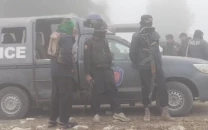
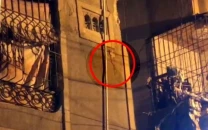
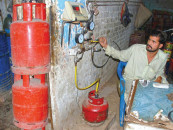
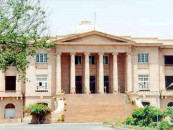
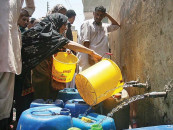
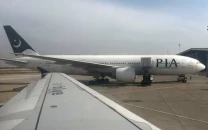



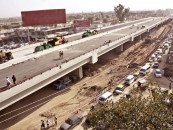







COMMENTS
Comments are moderated and generally will be posted if they are on-topic and not abusive.
For more information, please see our Comments FAQ